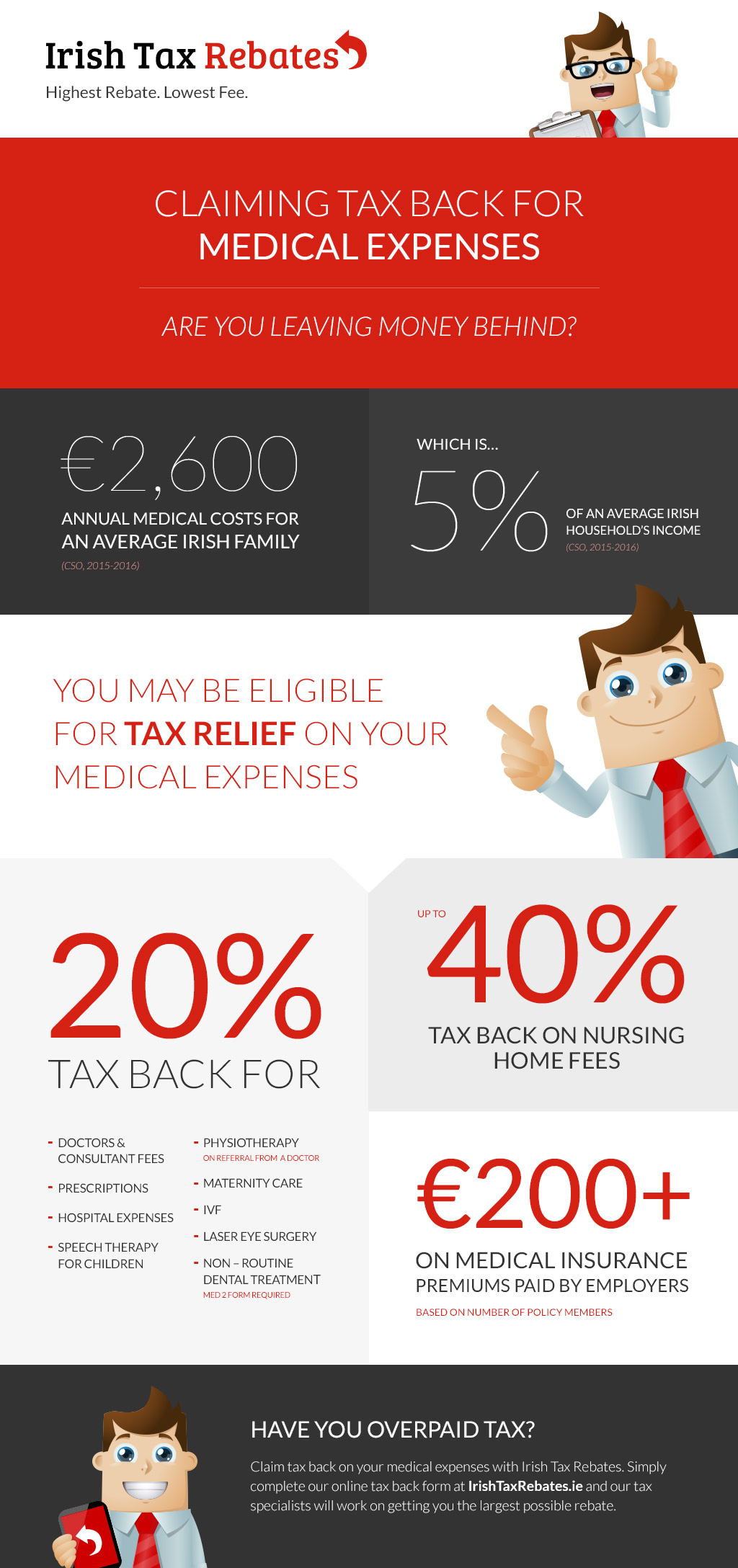What Are The Differences And Similarities Between SMILE Eye Surgical Treatment, LASIK, And PRK?
What Are The Differences And Similarities Between SMILE Eye Surgical Treatment, LASIK, And PRK?
Blog Article
Material Author-McElroy Vincent
If you've been considering SMILE eye surgery, you may wonder exactly how it compares to LASIK and PRK. Each procedure has its own set of advantages and factors to consider. From quicker recovery times to prospective risks, there are key differences you should know prior to making a decision. Recognizing these distinctions will aid you make an informed selection that aligns with your certain demands and assumptions. Interested to know more regarding just how these procedures contrast in detail? Keep checking out to obtain a thorough understanding of SMILE, LASIK, and PRK.
SMILE Eye Surgical Treatment Introduction
If you're considering SMILE eye surgical procedure, you'll locate it to be a minimally invasive treatment with a quick recuperation time. Throughout SMILE (Little Incision Lenticule Removal), a laser is made use of to produce a small, accurate cut in the cornea to remove a small piece of tissue, reshaping it to correct your vision. This differs from LASIK, where a flap is developed, and PRK, where the outer layer of the cornea is totally removed.
One of the key benefits of SMILE is its minimally invasive nature, resulting in a faster recovery process and much less pain post-surgery. The recuperation time for SMILE is relatively quick, with many individuals experiencing improved vision within a day or two. This makes it a preferred option for those seeking a hassle-free and efficient vision improvement treatment. In addition, SMILE has been shown to have a reduced threat of dry eye syndrome contrasted to LASIK, making it a favorable option for people worried regarding this possible negative effects.
Differences In Between SMILE, LASIK, and PRK
When comparing SMILE, LASIK, and PRK eye surgical procedures, it is essential to comprehend the unique techniques utilized in each procedure for vision modification.
cataract surgery cost without insurance (Small Laceration Lenticule Extraction) is a minimally intrusive procedure that entails creating a small cut to draw out a lenticule from the cornea, reshaping it to correct vision.
LASIK (Laser-Assisted In Situ Keratomileusis) entails producing a slim flap on the cornea, utilizing a laser to reshape the underlying tissue, and after that repositioning the flap.
PRK (Photorefractive Keratectomy) eliminates the outer layer of the cornea prior to reshaping the cells with a laser.
The major difference lies in the method the cornea is accessed and dealt with. SMILE is flapless, making it an excellent alternative for individuals with thin corneas or those involved in call sports. LASIK uses fast visual recuperation as a result of the flap production, but it may present a higher threat of flap-related problems. PRK, although having a much longer recuperation duration, stays clear of flap-related issues altogether.
Comprehending these variances is vital in selecting one of the most ideal treatment for your vision modification demands.
Advantages And Disadvantages Comparison
To assess the advantages and disadvantages of SMILE, LASIK, and PRK eye surgical treatments, it's important to think about the specific advantages and possible constraints of each treatment. SMILE surgical treatment provides the benefit of a minimally invasive treatment, with a smaller incision and possibly quicker recuperation time compared to LASIK and PRK. It also decreases the threat of completely dry eye post-surgery, a typical side effect of LASIK. Nevertheless, SMILE might have constraints in dealing with greater degrees of nearsightedness or astigmatism compared to LASIK.
LASIK surgery offers fast visual recuperation and minimal discomfort during the treatment. It's very efficient in dealing with a wide range of refractive errors, including myopia, hyperopia, and astigmatism. Yet, LASIK carries a risk of flap difficulties, which can affect the corneal structure.
PRK eye surgical treatment, while not as preferred as LASIK, prevents creating a corneal flap, lowering the threat of flap-related issues. It's suitable for individuals with thin corneas or uneven corneal surfaces. Nonetheless, PRK has a longer recovery time and might involve more pain throughout the healing procedure.
Conclusion
So, when it involves choosing between SMILE, LASIK, and PRK, consider it like picking the excellent pair of footwear. SMILE is like a sleek, comfortable pair of tennis shoes - fast and simple.
LASIK is extra like trendy high heels - flashy and quickly, but with some potential dangers.
PRK resembles tough treking boots - trustworthy and durable, but requiring a bit more effort and time.
Eventually, can you get cataracts after surgery depends upon your specific needs and choices.
